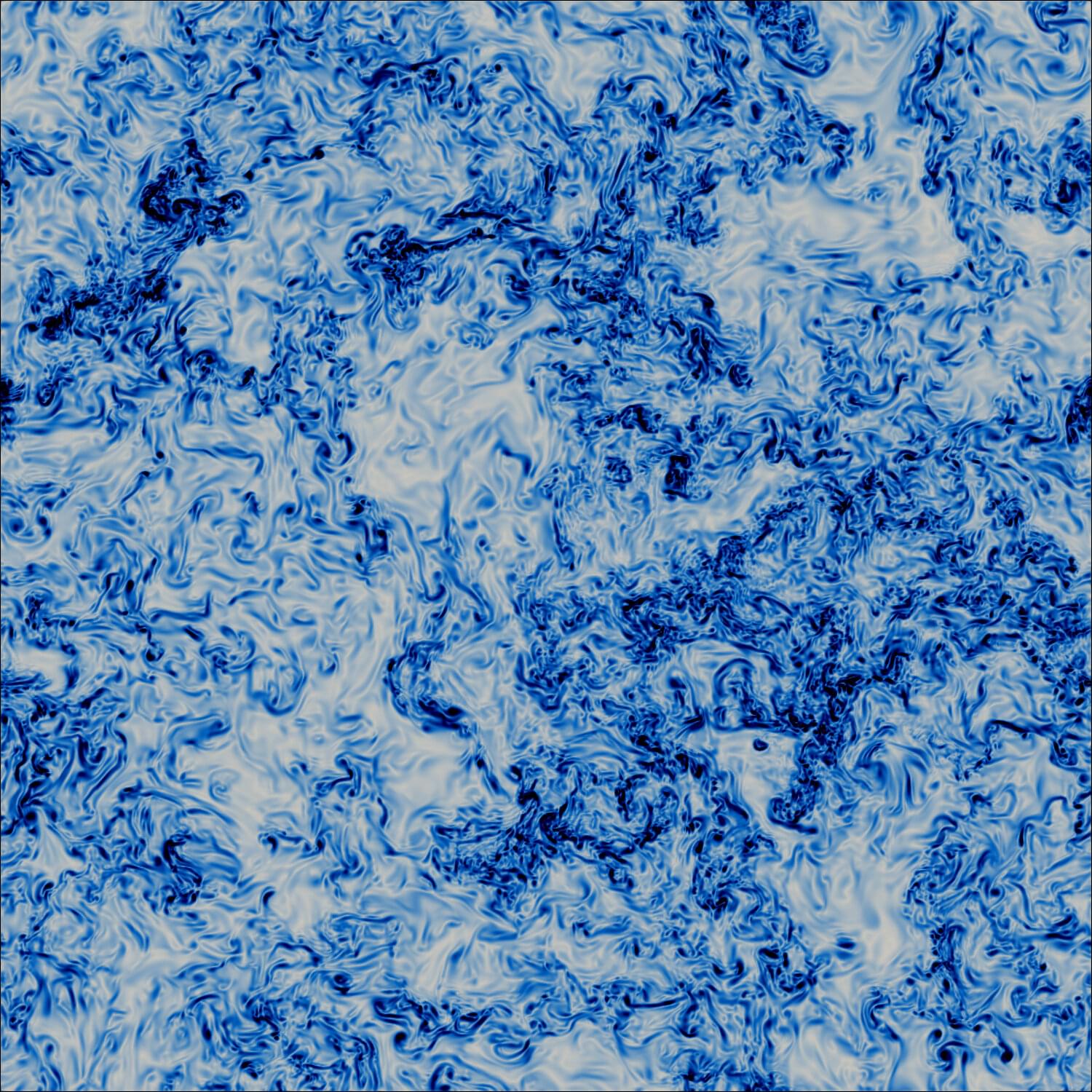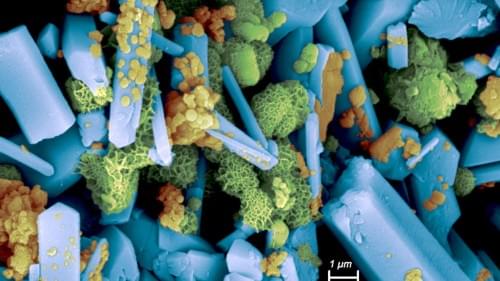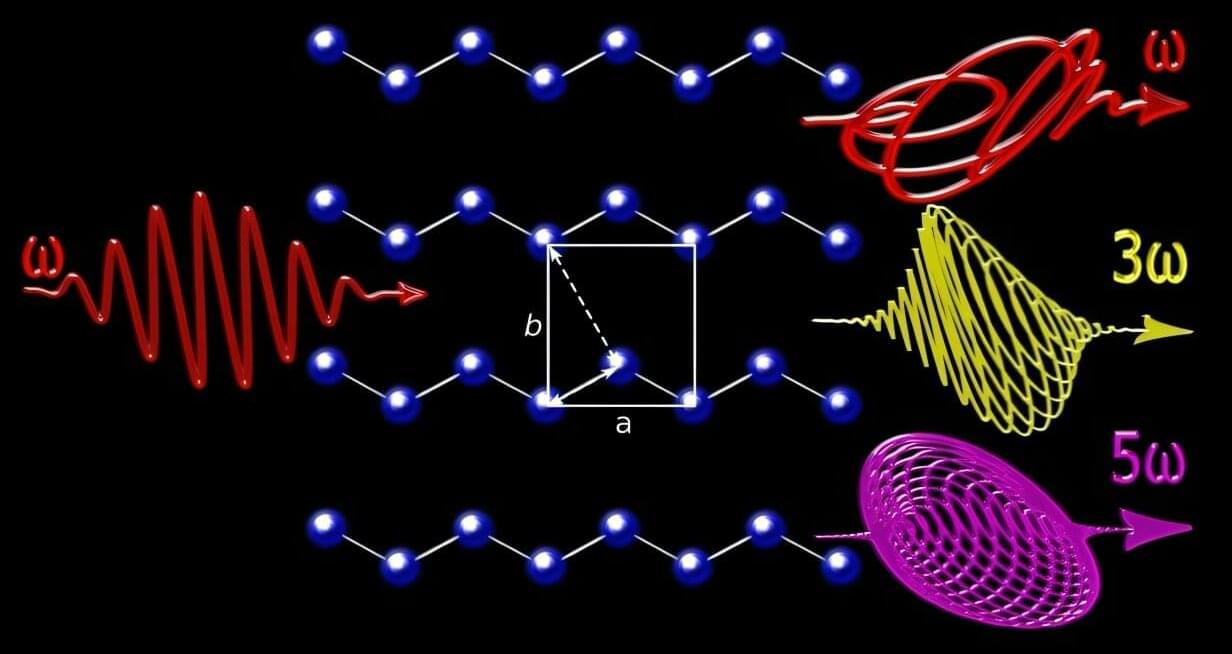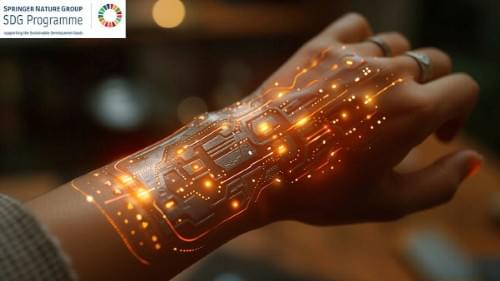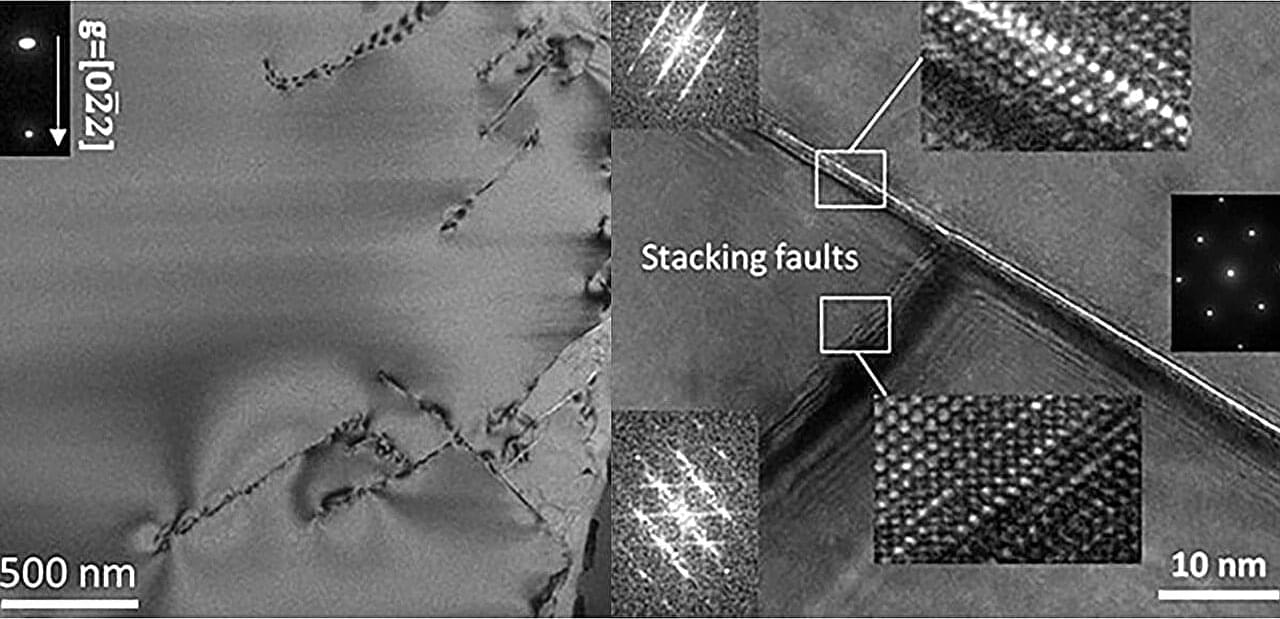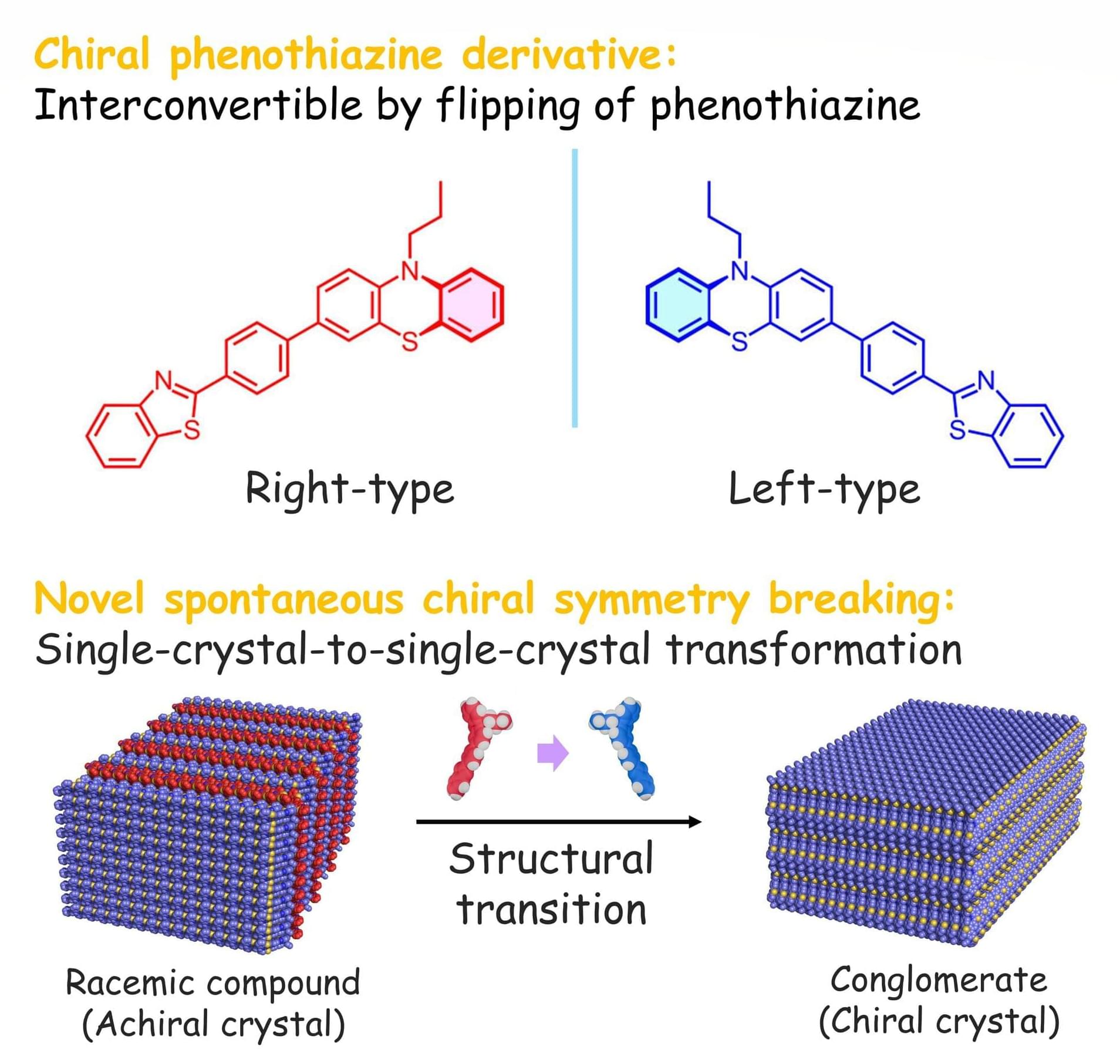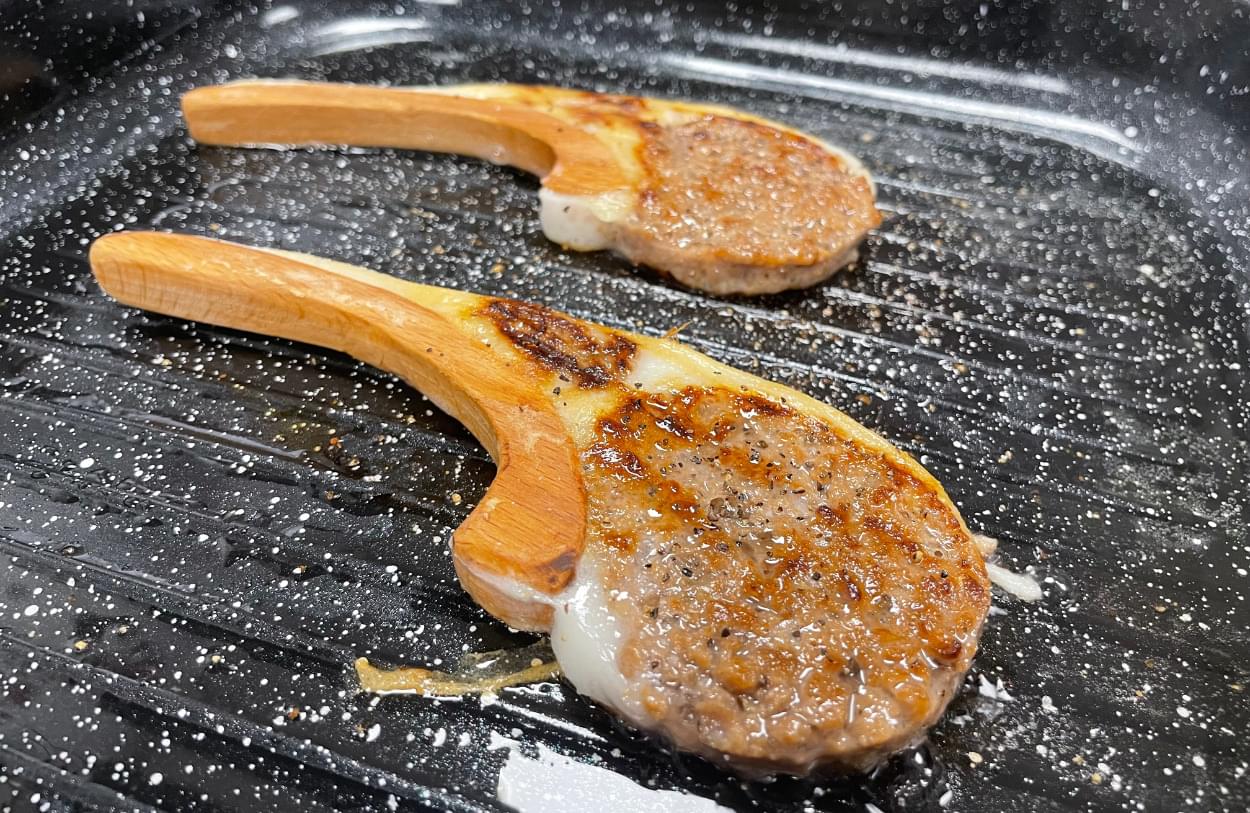Turbulence, the chaotic, irregular motion that causes the bumpiness we sometimes experience on an airplane, has intrigued scientists for centuries. At the Okinawa Institute of Science and Technology (OIST), researchers are exploring this phenomenon in a special class of materials known as complex fluids.
